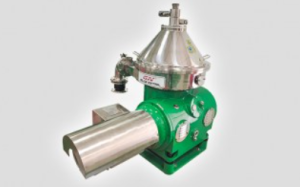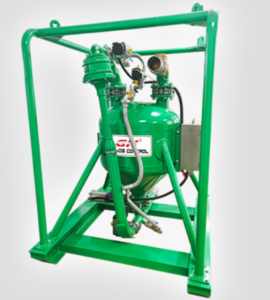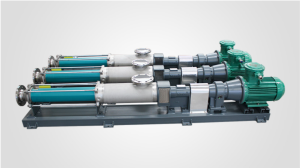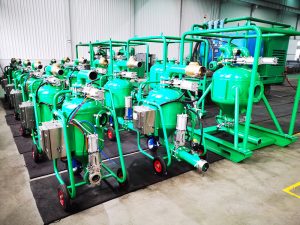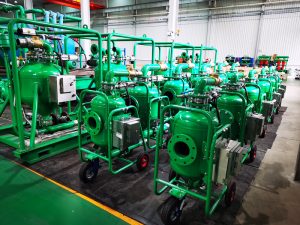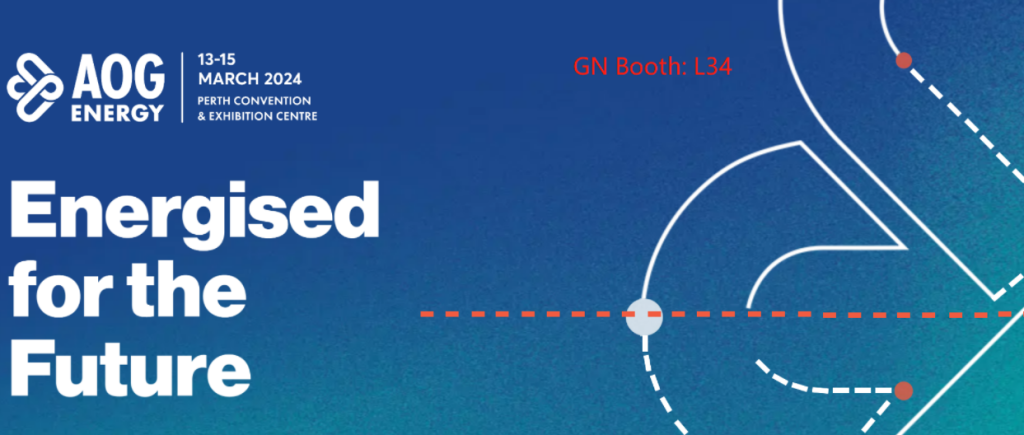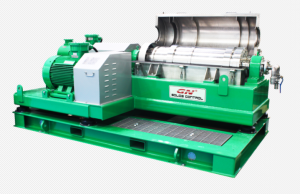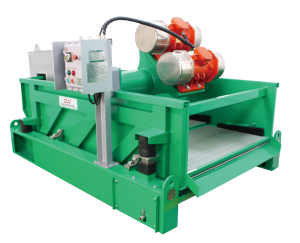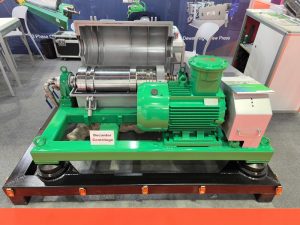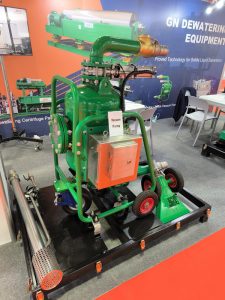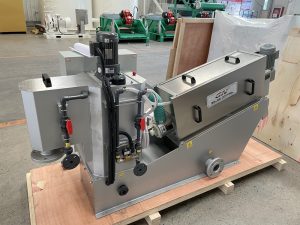Are you ready to explore the latest advancements in environmental technology and solutions? Mark your calendars for the upcoming IE expo China 2024, one of the premier events in the environmental protection industry. Scheduled to take place from April 18th to 20th, 2024, at the Shanghai New International Expo Centre (SNIEC), this exhibition promises to be an enlightening experience for all attendees.
At GN Separation‘s booth (N4-H46\I46, Hall 4), you will discover a range of highly efficient equipment that can be applied in the field of environmental protection. Let’s take a glimpse at some of the featured devices and their respective fields of application: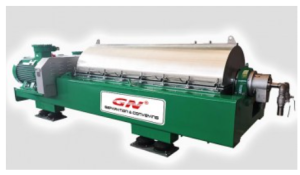
1.Decanter Centrifuge : This centrifuge is engineered for efficient separation of solids from liquids in various industries such as wastewater treatment, oil and gas drilling, mining, and food processing. Its high-performance design ensures superior dewatering and solid-liquid separation, contributing to environmental sustainability.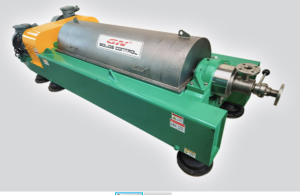 2.3 Phase Decanter : Ideal for applications requiring simultaneous separation of solids, liquid, and oil, this decanter centrifuge is widely utilized in oilfield drilling mud treatment, industrial wastewater treatment, and chemical processing. Its versatility and reliability make it indispensable in demanding environments.
2.3 Phase Decanter : Ideal for applications requiring simultaneous separation of solids, liquid, and oil, this decanter centrifuge is widely utilized in oilfield drilling mud treatment, industrial wastewater treatment, and chemical processing. Its versatility and reliability make it indispensable in demanding environments.
3.Disc Separator : The disc separator 90 offers precise and efficient separation of solids and liquids in applications such as edible oil refining, dairy processing, and biodiesel production. Its advanced design ensures maximum purity and quality of the separated components, meeting the stringent requirements of various industries.
4.Solids Vacuum Pump : vacuum pumps are specifically designed for handling solids-laden fluids in challenging environments. Whether it’s sludge transfer, dredging, or tank cleaning, these pumps deliver robust performance and reliability, making them indispensable assets in environmental cleanup operations.
Join us at IE expo China 2024 to explore these innovative solutions firsthand and learn how they can address your specific environmental challenges. Our team of experts will be on hand to provide insights, answer questions, and discuss custom solutions tailored to your needs.
Don’t miss this opportunity to stay at the forefront of environmental technology and network with industry leaders. We look forward to welcoming you at our booth in Shanghai!
For more information about IE expo China 2024, visit the official website: IE expo China 2024
See you in Shanghai!

